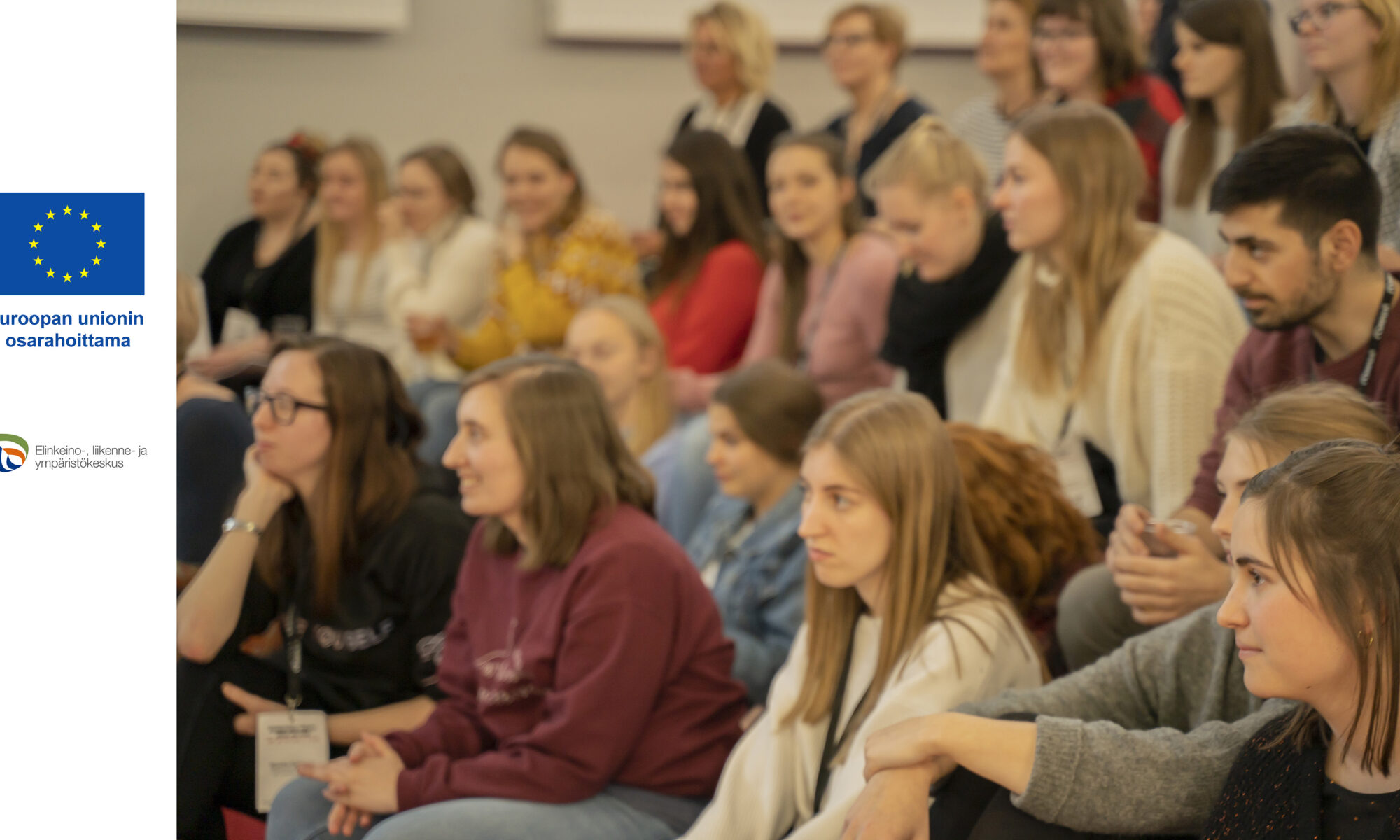Maria Hofman-Bergholm
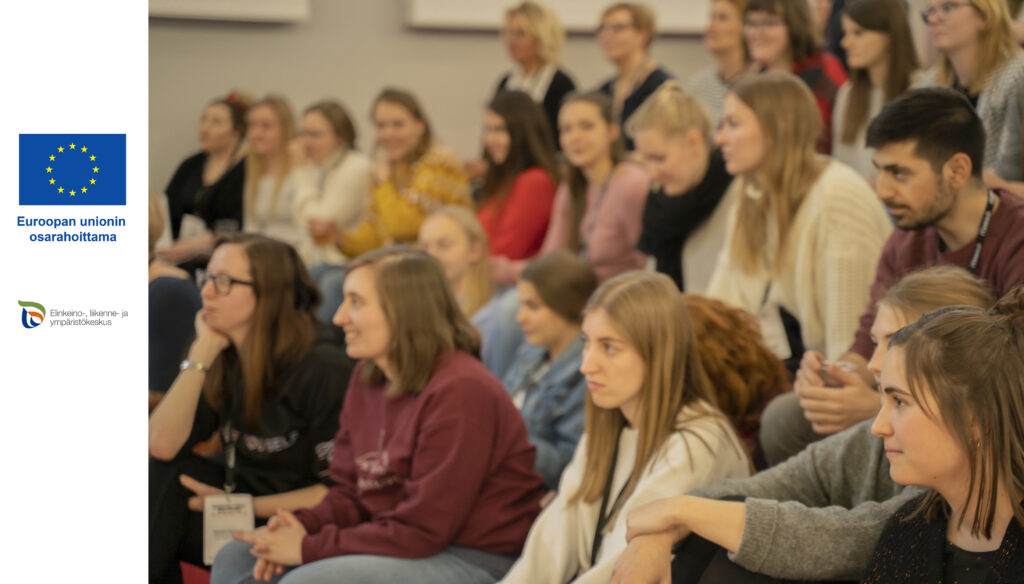
In Finland, as in many other Western countries, the age cohorts have been shrinking for a considerable time and the trend is predicted to continue (Golovina, Nitsche, Berg, Miettinen, Rotkirch, Jokela 2024). As the age cohorts are shrinking the Finnish labour market report labour shortages in certain sectors (Finnish Government 2023), but at the same time Finland is now among the EU countries with the highest unemployment rate (Statistics Eurostat 2025). There seems to have developed a mismatch between the education field and the labor market. Workers don’t have the skills employers are looking for and jobs are not available in the sectors people are trained for (Finnish Government 2023).
High unemployment rate despite available jobs
This is a paradox we face in Finland today; we have sectors with available jobs and at the same time a lot of unemployed individuals who do not possess the required skills for work in these sectors. This clearly emphasizes that we need to get better at guiding young people in the right direction in a country where you can basically train for anything you want. The mismatch among vocational training programs has been known for a couple of years (Rautoma & Lehtola 2023) but a bit less attention has been paid to the higher educational institutions and programs. In the end of 2024, there was over 52 000 highly educated Finns unemployed, according to a new report compiled by Akava (Nummenmaa 2025). The report claims that the unemployment of highly skilled Finns is growing rapidly, and they are often unemployed for long periods. Many recent graduates are among those who find it difficult to get a job (ibid.).
This is a negative trend that has emerged in our society in recent years, young people failing to enter the labor market after completing their education, but there are also an increasing number of young people dropping out of education before it is completed (Kajander 2023, Ami-säätiö). This seems to be a global social phenomenon which, on a societal level, entails great costs for society but also enormous subjective suffering for the individual who ends up in this situation (ibid.). A generally recognized term that is used globally for this group is NEET (from the English definition Not in Employment, Education or Training), which describes the proportion of young people aged 15-29 who are not in education, employment or military service. In Finland more than nine percent of the 15 to 29-year-olds belonged to this group in 2023 (Ami-säätiö, Dyvik 2024). One reason why this group is growing might be linked to the fast pace and rapidly changing demands for different skills that characterize today’s working life (Saarinen 2024).

It is known that youth exclusion is a major risk to the economy. Finland cannot afford to leave young people excluded and out of the labour market. One of the things that worried the Under Secretary of State at the Ministry of Employment and the Economy in an interview in 2023 was the number of Finns who never enter the labour market and do not even show up as unemployed in the statistics, in May 2023 there were 140 000 such persons (Kajander 2023). This increases the costs of welfare benefits, disability pensions and healthcare, not to mention the suffering it causes to individuals. From a labour market perspective, exclusion has unintended consequences as employers facing labour shortages lose potential employees and future talent.
A survey in 2024 by the Industry Union in Finland (Teollisuusliitto) revealed that Finland over the past year, had the second fastest growing unemployment rate among EU countries. The result from the survey also indicates that poverty is becoming more common, especially among young people, as the result of the government’s cuts in unemployment benefits. The Industry Unions research expert Ari-Matti Näätänen argues that this affects the health of the unemployed youths and increases stress, which in turn reduces the energy and resources to look for work. Näätänen states that cuts in unemployment benefits do not lead to more people entering the labour market but instead increase the number of people living below the poverty line, which in the long run makes people unable to return to work. (ibid.)
More effective services and pathways to work need to be developed for young people, to prevent them from falling out of the labour market (Saarinen 2024). The Finnish Institute of Occupational Health also highlights that an increasing number of young people suffer from mental health problems that jeopardize their chances of finding work, resulting in exclusion (Arbetshälsoinstitutet 2024). This needs to be addressed as a joint task of educational providers, children’s and youth services and parents to support young people in their everyday lives according to the Finnish institute of occupational health (ibid.).
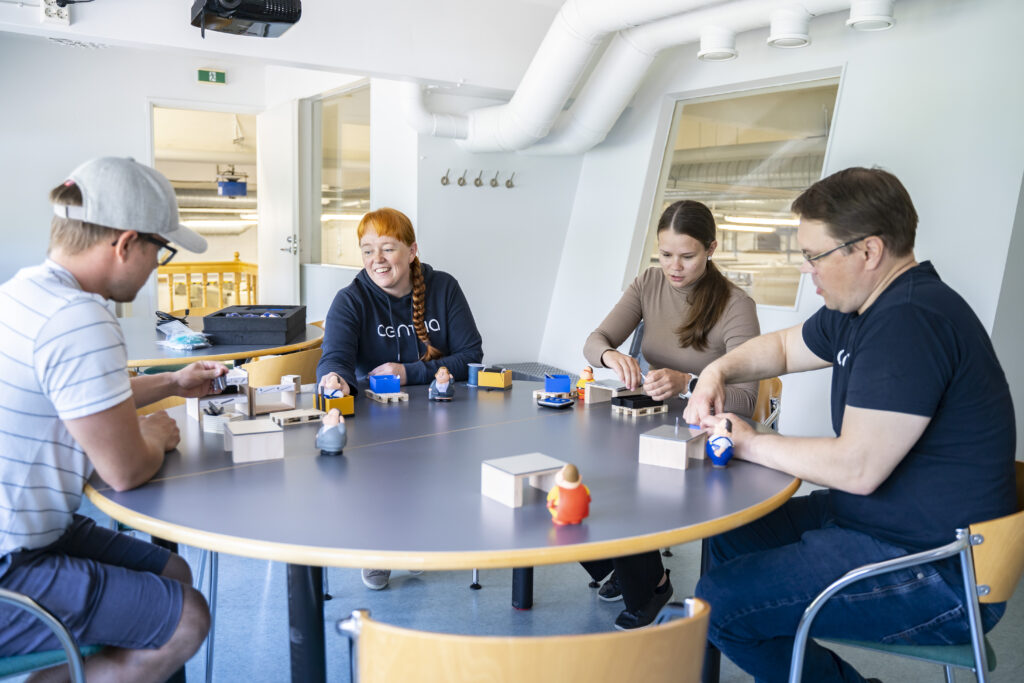
To improve youths’ ability to cope with challenges – one of the intentions with the “AIMlearning” project
An increasing number of individuals becoming trapped in unemployment or exclusion entails great costs for society but also enormous subjective suffering for the individual who ends up in this situation (Arbetshälsoinstitutet 2024). To build a pathway to a good working life for young people, we need to act as well in childhood, as in adolescence and also during their careers (ibid.). Research indicates that preventing the emergence of harmful experiences and strengthening protective factors improves young people’s ability to cope with challenges in education and the labour market (ibid.).
It is found through research that protective factors are required that buffer the impacts of adversity, making the ability to ‘bounce back’ and adapt to challenges more likely. To promote resilience, it is found that the interactions between youth and their families, friends, education providers, and other service providers are playing a crucial role (Kim & Hagquist 2018). Municipalities in Finland have developed a service, unit for outreach youth workers, to try to address and overcome these growing issues. But the current national economy does not enable any major resources for the municipalities to be put into this. The fact is that universities and universities of applied sciences have more opportunities and possibilities to apply for funding and recourses to tailor courses and training to suit this specific group of young people, and this is also the idea that the Centria UAS´ project “AIMlearning” builds upon.
Centrias project “AIMlearning” is co-financed by the European Union and is a concrete example of a new and innovative way to enhance collaboration with the labour market and higher education. The project is implemented in cooperation between Centria University of Applied Sciences, The Federation of Education in Central Ostrobothnia (Kpedu), the City of Kokkola and the Centre for Economic Development, Transport and the Environment.
“AIMlearning” is running from February 2024 to January 2027, and the aim of the project is to support young people and to integrate them with the Finnish working life through training and collaboration with companies in the Central Ostrobothnia region. In the project, students and unemployed people in the region (aged 17-29) can participate and get practice and develop their skills through project assignments and workshops on the following themes: sustainability & responsibility; artificial intelligence & data analytics; information security & digital security; well-being. The participants must not have been unemployed for longer than for a maximum of 12 months to be eligible for the project.
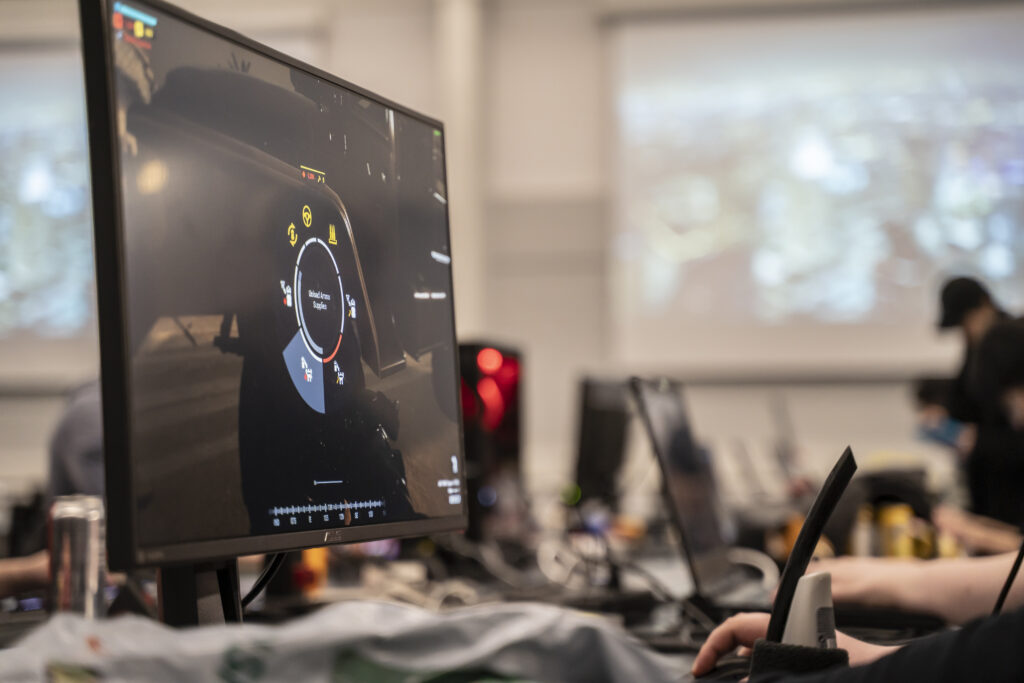
The project participants do not need any previous experience or competence in any specific area, but they must be motivated and interested in learning new skills. There are different RDI-experts running the different themes in the project, writing information packages and creating exercises for the participants. The experts also search for real tasks related to the project themes, collected from companies in the area.
The participants will also train and develop their job searching skills, application- and CV- writing. Through different visits to companies, they also get to know business life and companies in the Central Ostrobothnia region. Participants can participate in the project on campus or completely remotely, but they need to live in the Central Ostrobothnia area.
The author of this article is the RDI-expert managing the project themes sustainability & responsibility and wellbeing. As previously discussed in this article, a lot of young people struggle to get a job after they have finished their education and/or struggle with their ability to cope with different kinds of challenges. That is why the information package and exercises within the theme wellbeing was designed with two intentions. The first and most important intention with the theme is for the project participants themselves to learn about how to promote their own wellbeing and how to develop resilience. The other intention is built into the exercise where the project participant is asked to write and develop a prototype of a website for Centria students and employees’ wellbeing.
The same logic permeates the theme of sustainability and responsibility. The information package explains the complexity of the concept of sustainability, while the exercises focus on both the project participants’ own opportunities to make an impact and what their climate footprint looks like, as well as more advanced exercises where the participant can train how to practice sustainability reporting according to new European requirements and standards.
Through participating in “AIMlearning”, the students will gain practical experience in areas of interest to them and develop skills in a multidisciplinary way. Through the project the participants can learn to identify their own skills and potential careers opportunities beyond their own profession. At the same time, they also get an opportunity to strengthen their job searching skills through different job search and job-oriented workshops arranged in the project.
The importance of tailored solutions becomes obvious in the view of the current labour market situation in Finland. And this is exactly what the “AIMlearning” project aims for, to develop tailored solutions for each individual project participant, helping to practice skills that support the participants previous educational background, but also deepen their knowledge of the project’s themes. The project also helps the participants to identify their own skills and potential careers opportunities beyond their own profession, but perhaps the project’s most important activity is to be found within the project’s theme of wellbeing which aims to strengthen the participants’ own health and wellbeing and to develop their resilience that is needed in troubled times.
Images on this article: Centria UAS.
References
Ami-säätiö. NEET-nuoret Pohjolassa. Available at: https://ami.fi/toiminta/tieto-pohjolan-tyomarkkinoista/neet-nuoret-pohjolassa/. Accessed 7.5.2025.
Arbetshälsoinstitutet 2024.Ungdomars psykiska problem måste tas på allvar. Available at: https://www.ttl.fi/sv/aktuellt/pressmeddelande/ungdomars-psykiska-problem-maste-tas-pa-allvar. Accessed 7.5.2025.
Dyvik, E. 2024. Percentage of young people who were NEET the Nordics 2014-2023. Available at: https://www.statista.com/statistics/1233099/percentage-of-young-people-who-were-neet-the-nordics/. Accessed 7.5.2025.
Finnish Government, Arbets- och Näringsministeriet 2023. Arbetskraftsbarometern: största delen av Finland lider av matchningsproblem. Available at: https://valtioneuvosto.fi/en/-/1410877/labour-force-barometer-most-of-finland-suffers-from-labour-market-mismatch?languageId=sv_SE. Accessed 7.5.2025.
Golovina, K., Nitsche, N., Berg, V., Miettinen, A., Rotkirch, A. & Jokela, M. Birth cohort changes in fertility ideals: evidence from repeated cross-sectional surveys in Finland, European Sociological Review, Volume 40, Issue 2, April 2024, Pages 326–341. https://doi.org/10.1093/esr/jcad048
Kajander, S. 2023. Elina Pylkkänen befarar att fyra av tio unga har så stora fysiska problem att de inte kommer orka med 6 timmars arbetsdagar. Svenska Yle. Available at: https://yle.fi/a/7-10033594. Accessed 7.5.2025.
Kim, Y. & Hagquist, C. Trends in adolescent mental health during economic upturns and downturns: a multilevel analysis of Swedish data 1988-2008. J Epidemiol Community Health 2018. doi:10.1136/jech-2017-209784.
Nummenmaa, M. 2025. Rekordmånga högutbildade är utan jobb just nu. Svenska Yle. Available at: https://yle.fi/a/7-10071794. Accessed 7.5.2025.
Rautoma, H. & Lehtola, J. 2023. Tusentals unga har i 15 års tid utbildats till fel yrken, eftersom ingen har tagit tag i kännbara problem inom yrkesutbildningen. Svenska Yle. Available at: https://yle.fi/a/7-10028879. Accessed 7.5.2025.
Saarinen, H. 2024. NEET-nuoret – opiskelun ja työn ulkopuolella olevien tilanne korjattava. Ami-säätiö. Available at: https://ami.fi/suunnanetsija-blogi/opiskelun-ja-tyon-ulkopuolella-olevat-neet-nuoret/. Accessed 7.5.2025.
Statistics Eurostat 2025. Unemployment by sex and age – monthly data. Available at: https://ec.europa.eu/eurostat/databrowser/view/une_rt_m/default/bar?lang=en. Accessed 7.5.2025. Teollisuusliitto 2024. FFC:s arbetslöshetsbarometer: Oroväckande resultat om situationen för de arbetslösa. Available at: https://www.teollisuusliitto.fi/sv/2024/08/ffcs-arbetsloshetsbarometer-orovackande-resultat-om-situationen-for-de-arbetslosa/. Accessed 7.5.2025.
Maria Hofman-Bergholm
RDI-expert
Centria University of Applied Sciences
Tel. +358 40 356 3305

